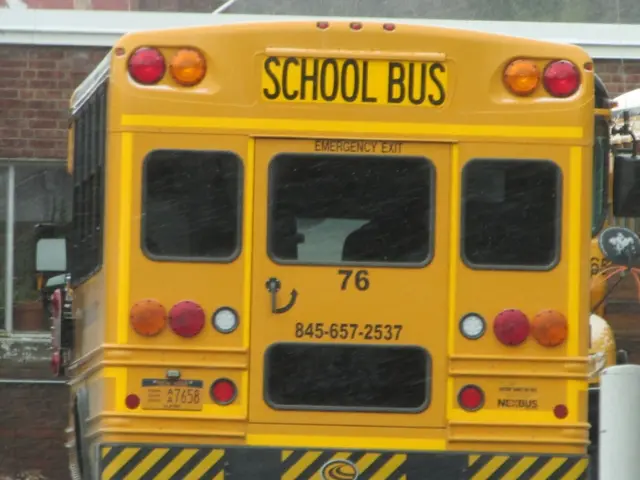Crafting a Character's Downward Spiral: A Guide
Exploring Negative Character Arcs in Literature: A Deeper Look
In storytelling, the transformation of a character can captivate audiences and leave lasting impressions. A well- crafted negative character arc embodies the intricacies of human nature, offering a compelling contrast to the usual positive change narrative. Here, we delve into the world of negative character arcs, defining what they are and providing practical tips to create impactful narratives featuring a protagonist's downward spiral.
Understanding Negative Character Arcs
At its foundation, a negative character arc represents the journey of a protagonist who progresses from a starting point to a worse situation, emphasizing personal growth in the opposite direction of a positive change arc. A protagonist's flawed belief serves as the core driver for their actions and decisions throughout the story. In a positive arc, the hero discovers a new, more favorable belief—or "truth"—that replaces their initial flawed belief. In contrast, a negative arc sees the character rejecting this truth, embracing their "lie," and ultimately descending into darkness.
Primary Types of Negative Character Arcs
There are three primary types of negative character arcs:
- Disillusionment Arc: With a character who begins with a flawed belief, the revelation of a truth even worse than their initial belief brings about a harsh and hopeless outlook for the hero. This theme, often discussed in works such as The Great Gatsby, explores hot topics like lost innocence, societal corruption, and the human condition.
- Fall Arc: In tragic tales, a character repeatedly rejects opportunities for self-improvement and embraces their flawed belief, leading to their eventual downfall. Examples of this arc can be seen in Shakespeare's Macbeth.
- Corruption Arc: Mainly found in characters who start with a knowledge of the truth, this arc centers around a tempting lie that lures the protagonist away from their path to heroism. The character willingly chooses the path of corruption, including moral decay, power, or wickedness, as seen in The Godfather's Michael Corleone.
Elements of a Negative Character Arc
A strong negative arc relies on internal conflicts, emotional turmoil, and deep-rooted beliefs or doubts. To effectively portray this transformation, consider challenging the character at every turn, focusing on their moral dilemmas, and highlighting the gradual descent into villainy. Consequences play an essential role in the negative arc, pushing the character further down the dark path.
Creating a Compelling Negative Character Arc
Writing a gripping negative arc invites a deeper exploration of human nature and complex storytelling. By understanding the three primary arc types, delving into characters' internal struggles, emphasizing consequences, and considering glimmers of hope or redemption along the way, you can create remarkable narratives that resonate with readers long after they have reached the final page.
Sources:[1] Frye, Northrop. "Anatomy of Criticism." Princeton University Press, 1957.[2] Lavery, Martin. "The Cambridge Guide to Literature in English." Cambridge University Press, 1987.[3] McLuhan, Marshall, and Quinn. "The Medium is the Massage." HarperCollins, 1967.[4] Milne-Home, Marah, and Pierce, Karin K. "Character Turning Points: Pinpointing and Creating Moments of Inspiration." Writers Digest Books, 1993.[5] Watts, David F. "A Theory of History." Athenaeum, 1961.
- In addition to analyzing positive character arcs, storytelling can also encompass the exploration of negative character arcs, particularly in the realms of fashion-and-beauty magazines, entertainment, and learning materials that delve into the intricacies of the human condition.
- For those invested in personal growth and self-development, understanding negative character arcs can provide insights into how flawed beliefs and harmful lifestyle choices can lead to emotional turmoil and lead one astray from their path to betterment.
- As aspiring writers delve into the craft of storytelling, incorporating a well-crafted negative character arc into their narratives can serve as a powerful tool to make their books engaging and thought-provoking, effectively capturing the attention of readers and leaving lasting impressions.
- To expand one's horizons beyond traditional storytelling, investigating the various types of negative character arcs and their applications in education-and-self-development content can illuminate new paths to storytelling innovation, broadening the scope of learning and fostering a deeper understanding of human nature.








